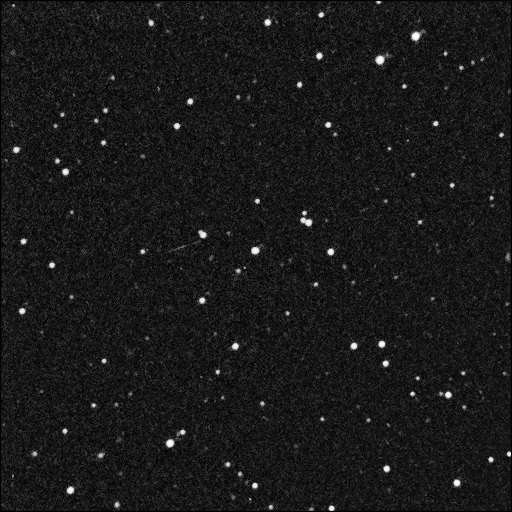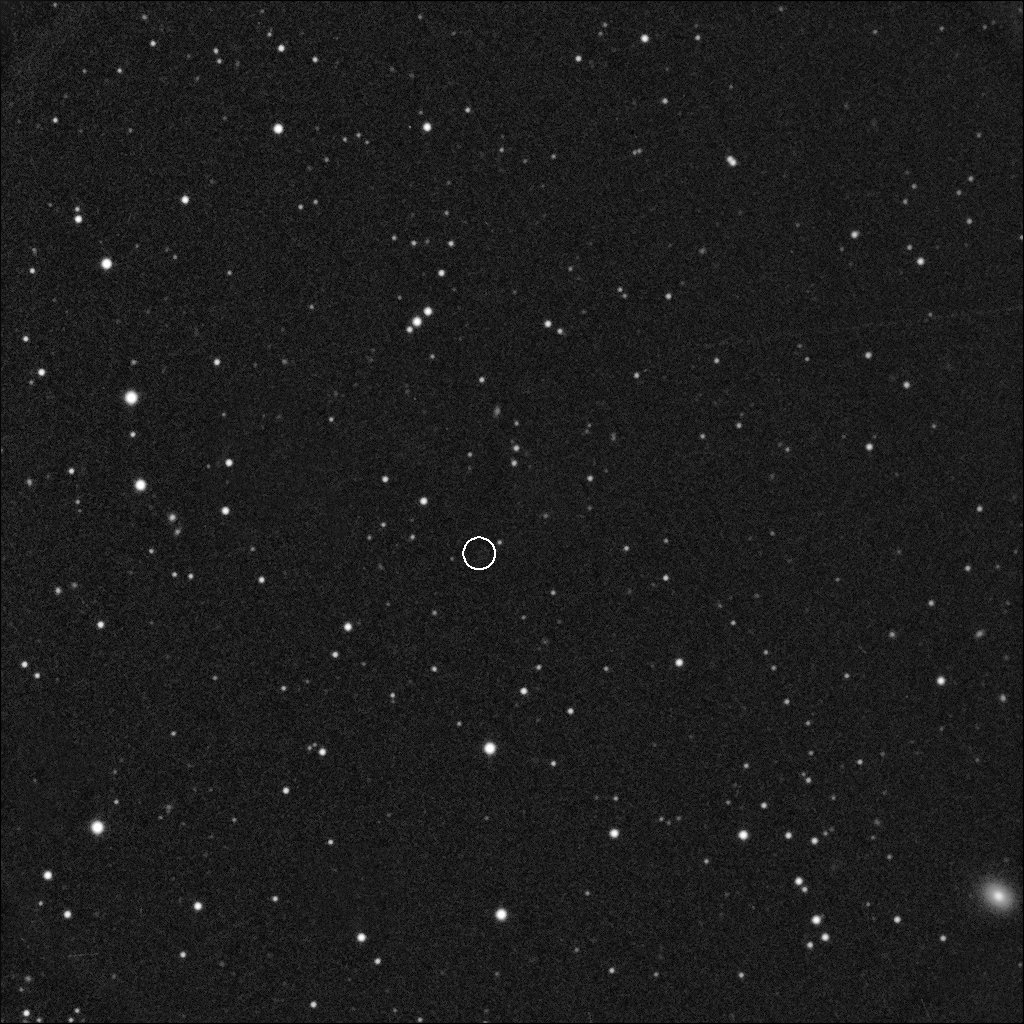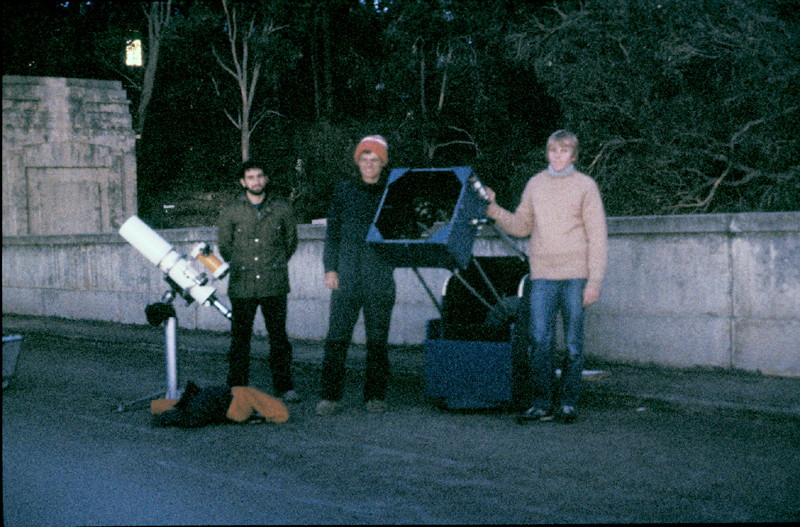
James, myself and Andrew in the dawn twilight after successfully recovering comet Honda-Mrkos-Pajdusacova.
In 1985 I was able to make an observation which gave me great satisfaction.
On March 23, while on a visit to the town of Bunbury to assist the South-West Astronomical Society with a public field night, my friend Andrew Pearce mentioned to me that the periodic comet Honda-Mrkos-Pajdusacova had not yet been recovered. This unusual comet "turns on" very suddenly as it approaches perihelion and so remains very faint for a long time before brightening rapidly. He also pointed out that it was making a very unfavourable return that year, always remaining close to the horizon and therefore difficult for professional telescopes to reach. Since the South-West Astronomical Society had a 20" telescope, then the largest amateur telescope in Western Australia, we decided to try and observe the comet.
After the viewing night was over we commendered the 20" and warmed up by viewing comet Shoemaker. At 11.9 the comet was easily visible and displayed a short and very faint tail. Then Andrew swung the telescope to the location of Honda-Mrkos-Pajdusacova. After a few minutes of searching, Andrew felt sure there was something diffuse in the right location. Taking my turn, I also suspected something, however I could not be certain. I was not surprised that Andrew was more confident. He always could see fainter than I. He had amazing eyes! Deciding that we could not claim a positive sighting, we still reported our observation.
On April 18, I had another chance to try for the comet. Still there were no reports of any other observations. Using my 16" from a dark location, I was fairly certain I could see something in the correct location, but I could still not be 100% positive as the object kept disappearing as it was on the threshold of visibility. Then on April 21, I was joined by Andrew and another friend James Athanasou for another attempt with my 16".
By now the comet was at a very low altitude in the pre-dawn skies. Solar elongation was less than 25 degrees. In the gathering twilight I aimed the telescope at the comet's location and quickly made a sketch of the field. Then it was Andrew's turn. After he finished his sketch, James made his observation. Comparing our sketches, it was clear that we had each observed the same object. James was not 100% certain, but both Andrew and I were. We were ecstatic! As we found out later, it was the first time in over 30 years that a periodic comet had been recovered by visual means by amateurs! Also, to my understanding, no-one has done it since. Nor with the advent of CCDs and large aperture surveys, is anyone every likely to again! I still have a copy of that IAU circular in my papers! (IAUC 4055)

The 2011 return of Comet Honda-Mrkos-Pajdusacova was very favourable, particularly for southern hemisphere observers. From the northern hemisphere is was located very low in the southern sky when brightest, however it was still a good sight in the telescope. The comet peaked at around 8th magnitude in early September when it passed closest to the Earth. Following perihelion, the comet faded rapidly as it receeded from both the Earth and the Sun.
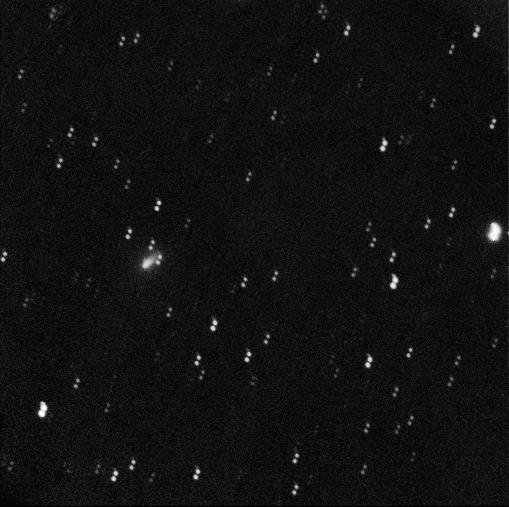
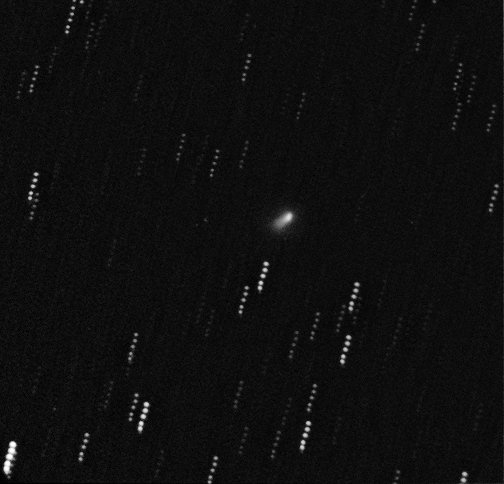
Comet 45/p Honda-Mrkos-Pajdusacova. August 3, 2011.
Combination of 5, 3 minute images. SBIG ST9-XE CCD.
14" f/11 schmidt-cassegrain with an f/6.3 focal reducer.
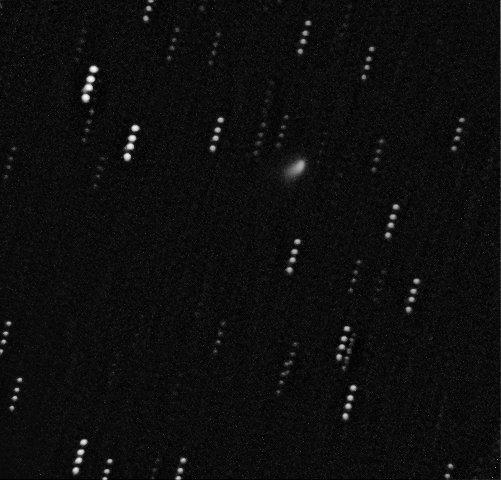
Comet 45/p Honda-Mrkos-Pajdusacova. August 5, 2011.
Combination of 5, 3 minute images. SBIG ST9-XE CCD.
14" f/11 schmidt-cassegrain with an f/6.3 focal reducer.
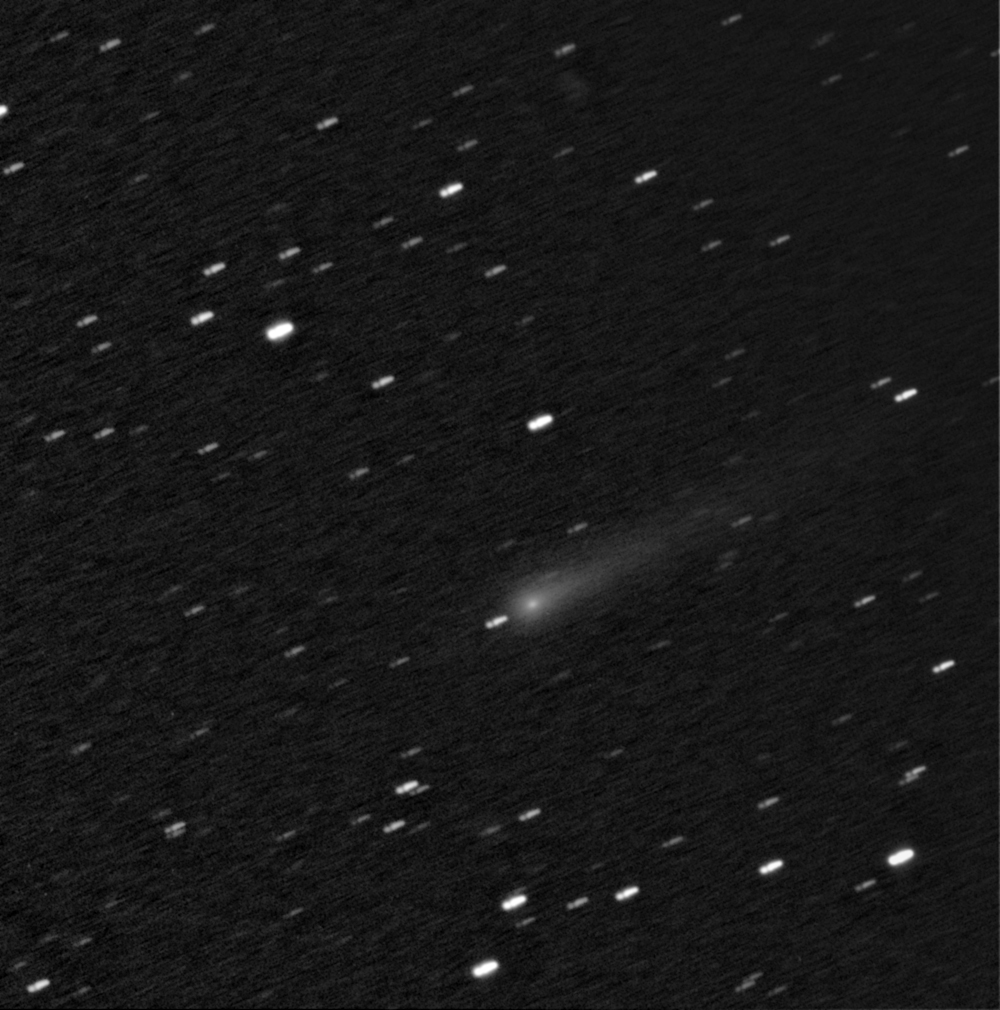
Comet 45/p Honda-Mrkos-Pajdusacova. November 6, 2011.
Combination of 8, 2 minute images. SBIG STL-1001E CCD.
20" f/6.8 Dall-Kirkham cassegrain at prime focus.
As was normal for this comet, as it receeded fro the Sun it suddenly "shut down" and faded very quickly. By the time the next two images were taken, it had faded to below 19th magnitude. This was beyond the reaches of the 14" telescope and was just barely detectable with the 20".
